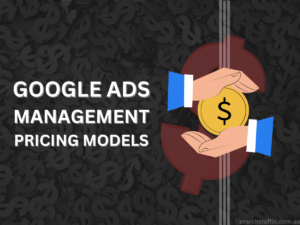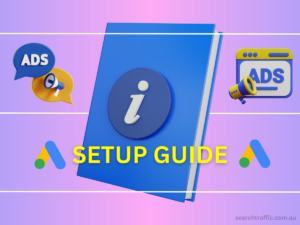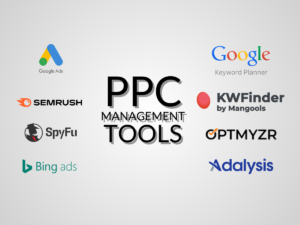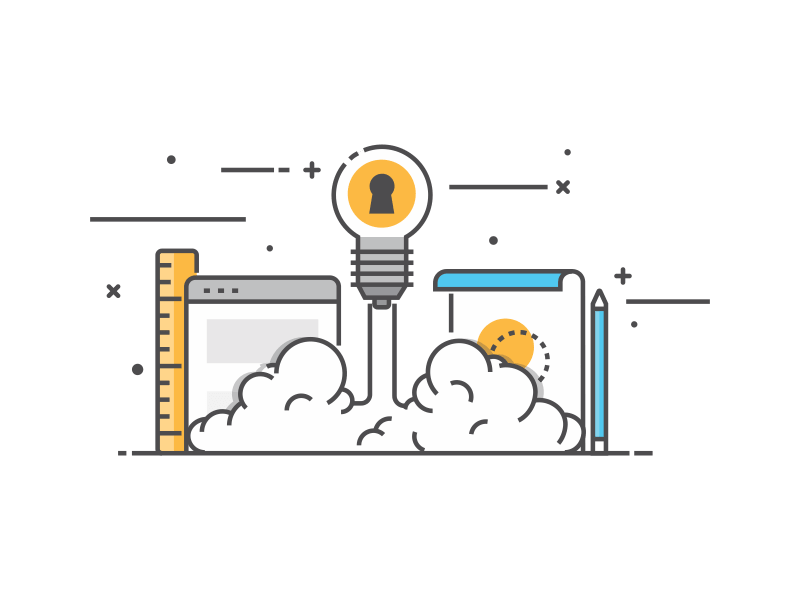Table of Contents
With the rise of e-commerce, it’s critical to ensure your Shopify store stands out amidst fierce competition. But how do you do that?
The answer is simple: leverage the power of SEO.
What is SEO for Shopify?
SEO, or search engine optimization, is the process of improving your website’s visibility and ranking on search engines like Google. In other words, it’s how you can get your website to appear higher on the list of results when someone searches for a related term.
For e-commerce stores like Shopify, implementing SEO strategies is crucial as it drives organic traffic and increases sales.
But with constant updates to search engine algorithms, staying up-to-date with SEO can be challenging.
That’s why we’ve compiled a list of 5 essential Shopify SEO tips to help boost your store’s visibility and drive more sales.
Optimising Your Shopify Store Structure
The structure of your Shopify store can significantly impact its SEO performance. An organised and well-structured store makes it easy for search engines and users to navigate your site.

To improve your store structure, consider:
- simplifying your navigation to ensure optimal user experience
- make sure your categories are clear and evident
- utilise breadcrumbs to reduce user frustration
A well-structured store can also impact your bounce rate and user engagement.
For example, the Australian clothing brand, Assembly Label, has a simple layout featuring categories such as men’s and women’s clothing. Their website is easy to navigate, which improves the shopping experience for their customers.
Enhancing On-Page SEO with Keyword Optimisation
Keyword optimization is essential for SEO success, but many small Australian business owners struggle to incorporate this strategy effectively.
The first step in this process is to conduct thorough keyword research, which can provide insights into the search intent of your target audience.
Tools like Google Keyword Planner and SEMRush can provide data on relevant keywords, search volume, and competition. Once you’ve identified your target keywords, use them strategically in your product descriptions, titles, and meta descriptions. Don’t forget to also add alt-text descriptions for your images.
Avoid keyword stuffing, as this can negatively impact your store’s rankings.
Improving Site Speed and Mobile Responsiveness
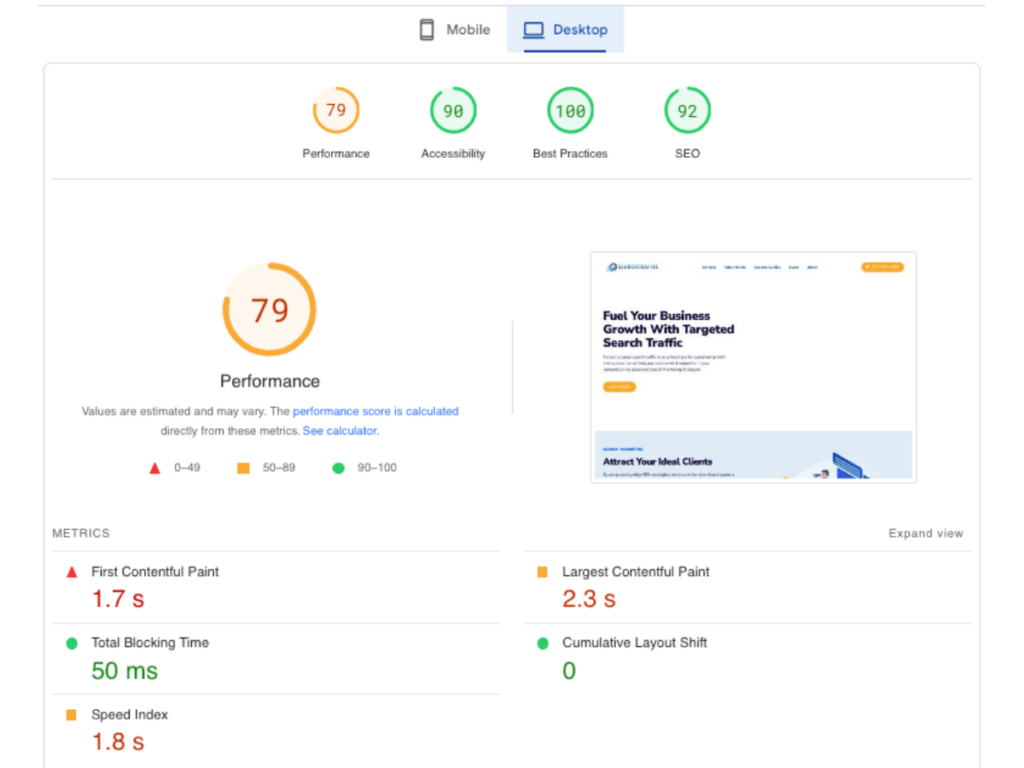
Site speed and mobile responsiveness are two critical factors that contribute to SEO success.
Slow-loading pages can negatively impact your rankings and user experience. One tip for optimising site speed is to optimise your images by compressing them.
Also, minimise the use of heavy themes and plugins that may reduce your page speed. Another way to ensure that your store is mobile-friendly is to use a responsive design.
Google prioritises mobile-responsive sites, and this factor can impact your search rankings. Testing your site’s speed regularly is also essential.
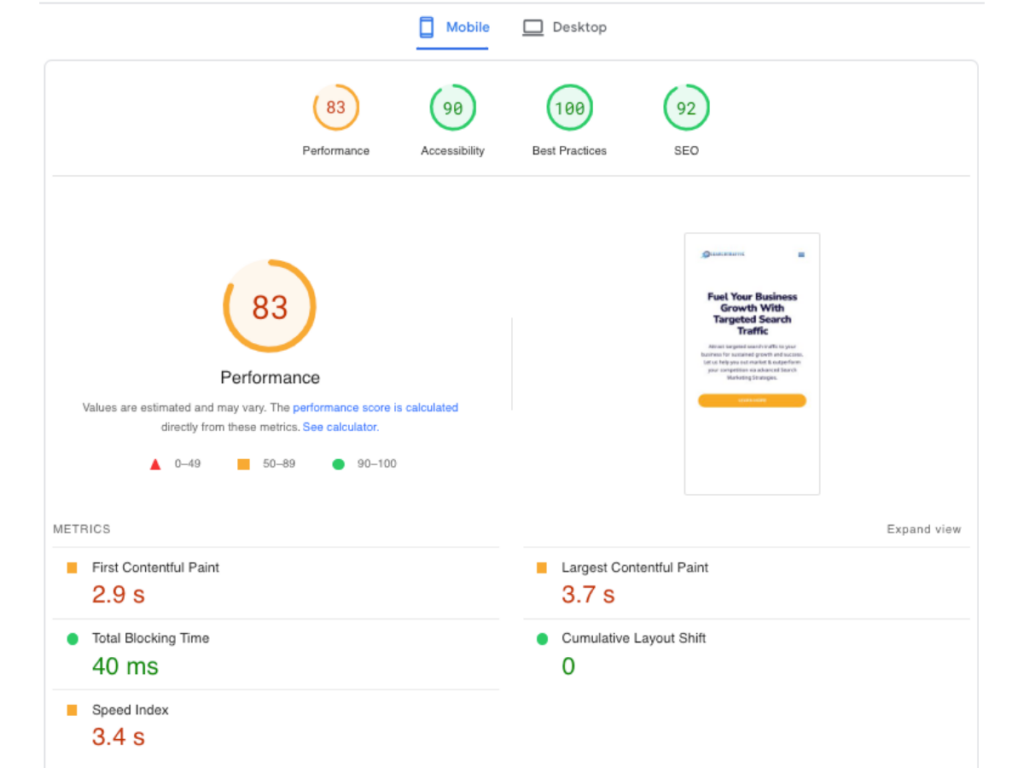
Use tools like PageSpeed Insights to identify issues and areas for improvement. Spotlight, an Australian-based retailer, has a fast-loading website and responsive design.
Leveraging High-Quality Backlinks and Content Marketing
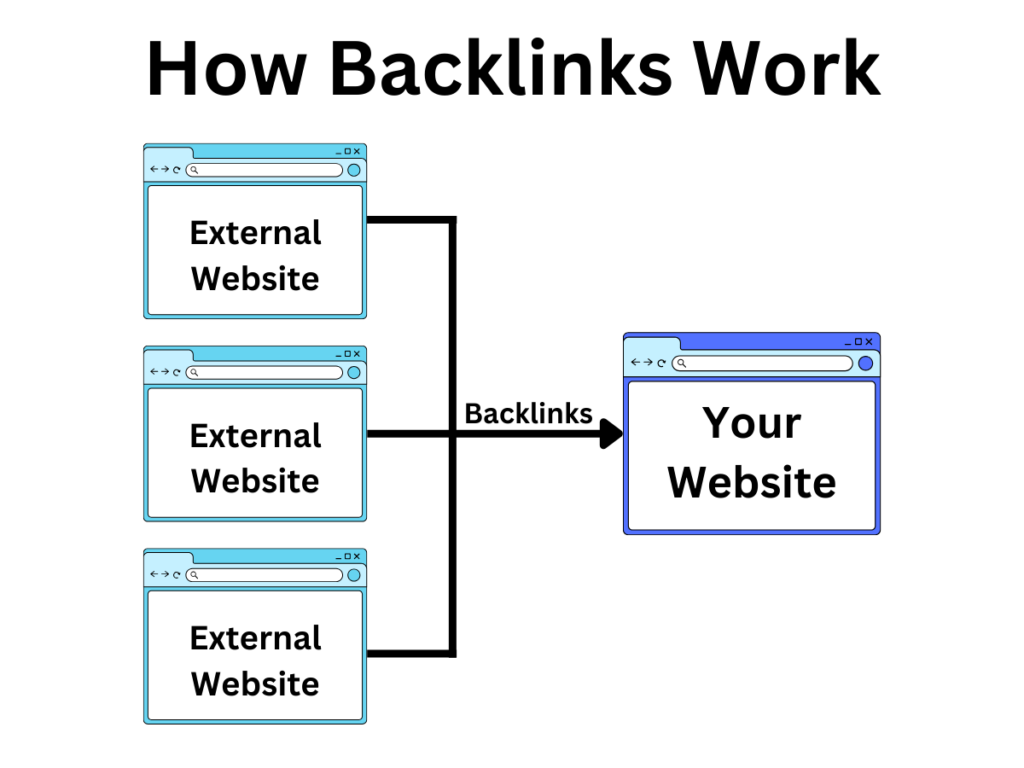
Backlinks play a pivotal role in SEO by signalling to search engines that your content is valuable and trustworthy. These are essentially links from other websites to your online store. When a site with high authority links to your store, it’s like a vote of confidence from the internet community, improving your site’s credibility and hence, its ranking on search engine results.
However, not all backlinks are created equal. Google values quality over quantity. Therefore, it’s better to have fewer backlinks from high-authority, relevant websites than a large number of low-quality links.
Techniques to gain high-quality backlinks include
- creating compelling, shareable content,
- guest blogging on reputable sites,
- building relationships with influencers in your industry.
Case Study: Bunnings Warehouse Content Marketing Success
Bunnings Warehouse, an Australian hardware chain, excels in content marketing, using it to drive traffic and reinforce brand identity.
Their strategy centres around a rich array of DIY guides and videos, providing practical advice on home improvement and gardening. This content not only showcases their expertise but also aligns perfectly with their customers’ interests.
The brand’s YouTube channel is particularly noteworthy, featuring diverse tutorials that subtly highlight their product range. This approach has fostered strong community engagement and brand loyalty, enhancing Bunnings’ online presence and sales. Their success illustrates the power of content marketing in building a loyal customer base while boosting SEO.
Utilising Analytics and SEO Tools
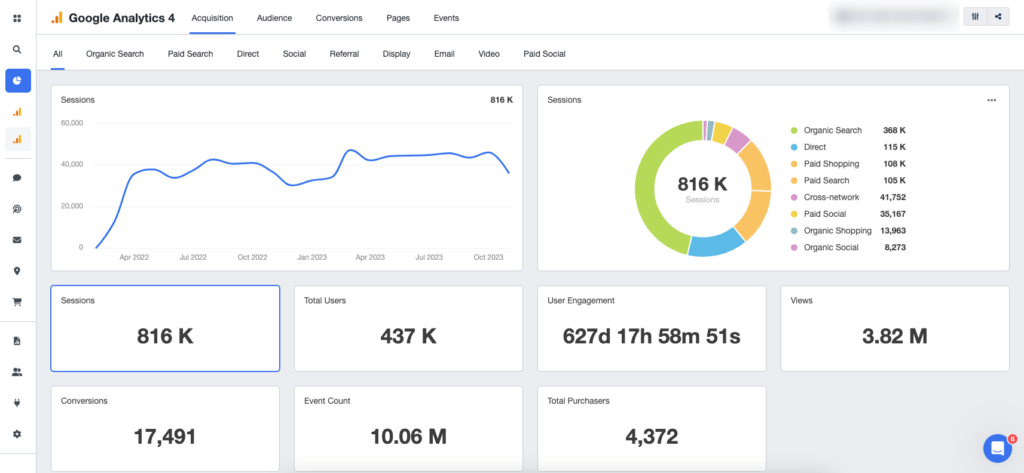
Regular use of analytics and SEO tools can greatly enhance the performance of your Shopify store by providing a wealth of insights that help you make informed decisions. Here are some key points:
- Google Analytics: This free tool enables you to track and analyse your website traffic in detail. You can monitor your visitors’ behaviour, identify popular products, and determine where your traffic is coming from. This information can help you identify successful strategies and areas for improvement.
- Search Console: Google’s Search Console can provide valuable SEO insights, such as your site’s search performance, mobile issues, and which keywords are bringing the most traffic to your site. It also allows you to submit your sitemap for indexing, helping to ensure your site is fully visible to Google’s search engine.
- Shopify Analytics: This in-built tool provides a range of metrics specific to e-commerce, including total sales, online store sessions, and average order value. It also offers key insights on your store’s traffic sources, allowing you to track the effectiveness of your marketing efforts.
- SEMRush: This tool provides a comprehensive analysis of your website’s SEO performance, including keyword research, backlink analysis, and competitor tracking. It also offers recommendations for improving your site’s SEO.
Using these tools regularly can help you stay on top of your store’s performance and make data-driven decisions to improve your SEO strategy.
Bonus tip: A/B Testing

Understanding customer behaviour is essential for improving SEO, and A/B testing, also known as split testing, is a powerful tool for achieving this.
This method involves creating two different versions of a webpage (Version A and Version B), and then comparing which one performs better.
It provides quantitative data on how small changes, such as modifying the call-to-action, adjusting the layout, or altering the colour scheme, can impact user behaviour.
Hence, A/B testing offers a way to make data-informed decisions and implement strategic changes that could enhance your store’s SEO performance. However, when conducting A/B testing, it’s important to only alter one element at a time to ensure the results are accurate.
Conclusion
Implementing effective SEO strategies is crucial for driving traffic, improving search engine rankings and ultimately, increasing sales.
By optimising your site’s speed, leveraging high-quality backlinks and content marketing, utilising analytics and SEO tools, and conducting A/B testing, you can enhance your Shopify store’s visibility and success.
Remember, SEO is a long-term process, so be patient and stay committed to consistently improving and optimising your site. By continually learning and adapting, you can boost your online sales, stay ahead of the competition and continue to attract, engage, and convert customers.


